 |
BENITOITE |
 |
 |
 |
 |
- Chemistry: BaTiSi3O9, Barium Titanium Silicate.
- Class: Silicates
- Subclass: Cyclosilicates
- Uses: As a gemstone and as a mineral specimen
Specimens
Benitoite is associated with a few rare minerals such as black-red neptunite, snow white natrolite and brown-yellow joaquinite. The only source of this rare combination occurs at San Benito, California. They are formed in fractures of a serpentine rock from hydrothermal solutions. These solutions contained a number of unusual elements such as barium, titanium, fluorine, iron, cesium, niobium, manganese and lithium in relatively high concentrations. How such a solution occurred and what other conditions caused the crystallization of these rare minerals is still not well understood. The rare clusters of blue benitoite and black neptunite on top of a crust of white natrolite produces a truly fantastic and a one of a kind mineral combination that is a must have for a serious mineral collector.
PHYSICAL CHARACTERISTICS:
- Color is typically blue, but also colorless and yellowish.
- Luster is vitreous.
- Transparency: Crystals are transparent to translucent.
- Crystal System is hexagonal; bar 6 m 2
- Crystal Habits include the flattened six faced dipyramid that has a distinct triangle shape often modified by minor faces. Also found as small grains.
- Cleavage is absent.
- Fracture is irregular.
- Hardness is 6 - 6.5
- Specific Gravity is approximately 3.6 (above average)
- Streak is white.
- Other Characteristics: Nearly all specimens fluoresce blue under UV light.
- Associated Minerals include serpentine,
neptunite,
natrolite,
joaquinite,
sanbornite,
taramellite , albite andfresnoite . - Notable Occurrences include only the mines of San Benito County, California, USA for good excellent crystals. SW Texas produces tiny grains in eocene sands as well as some other California localities.
- Best Field Indicators are crystal habit, fluorescence, color, associations and locality.
 Amethyst Galleries' Mineral Gallery MINERALS |
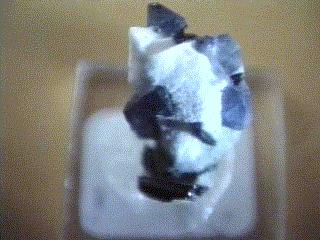
$ 45.00

ben-1 ($ 45.00)
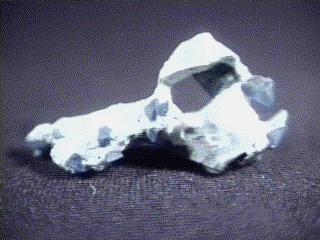
$ 140.00
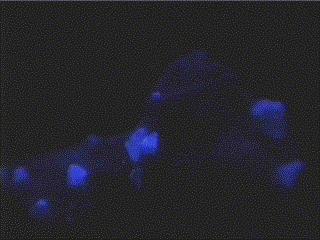

ben-2 ($140.00)
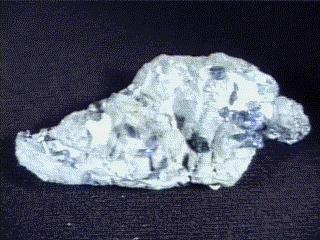
$ 105.00
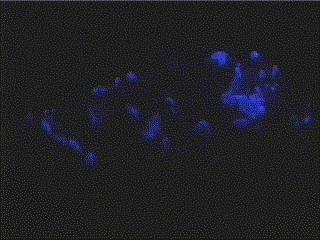

ben-3 ($105.00)
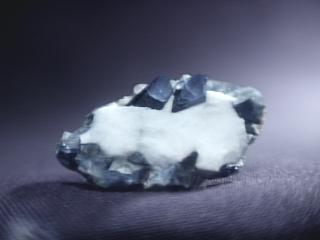
$ 175.00
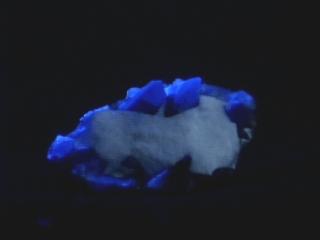

ben-4 ($175.00)
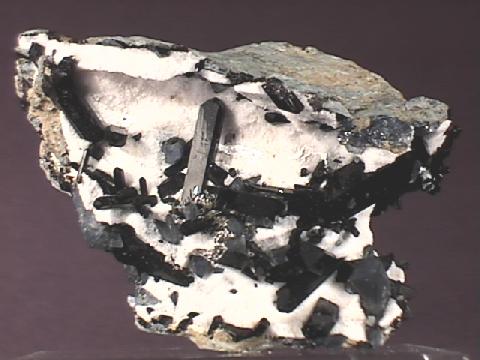
$ 310.00
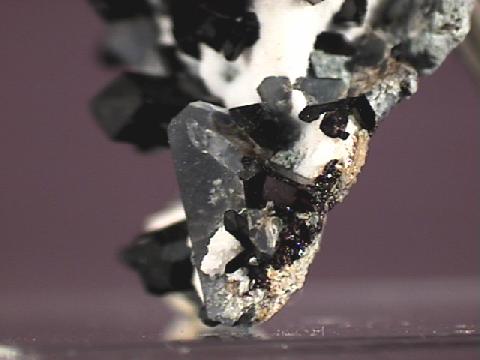

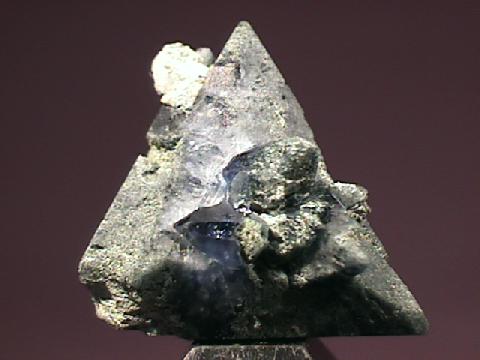
$ 90.00


ben-6 ($ 90.00)
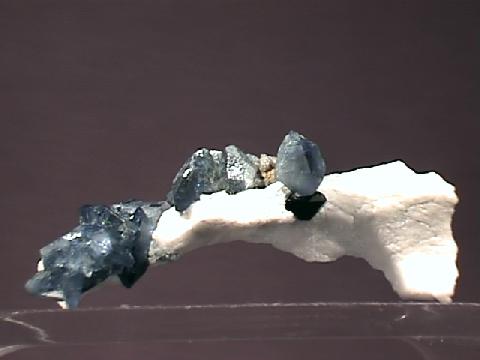
$ 90.00
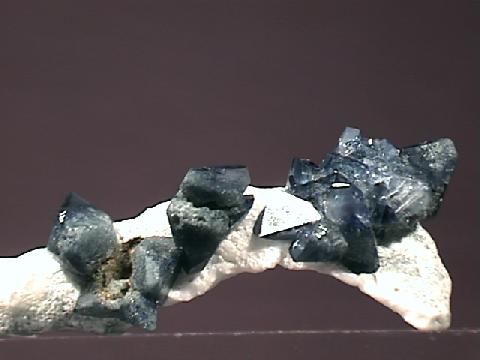

ben-7 ($ 90.00)
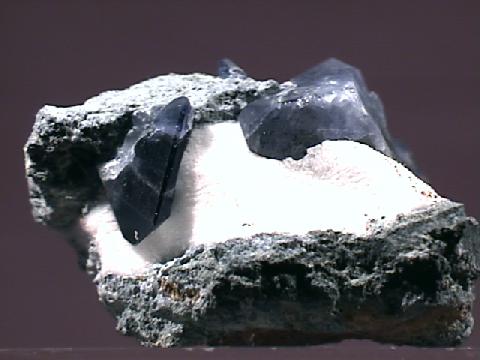
$ 90.00


ben-8 ($ 90.00)
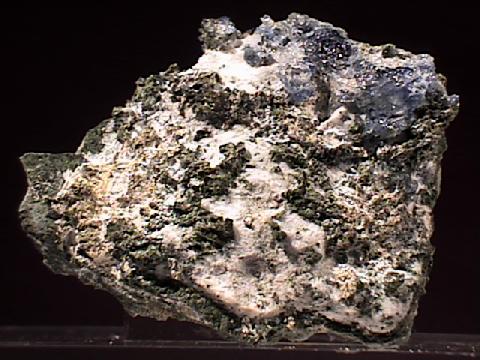
$ 35.00


ben-9 ($ 35.00)
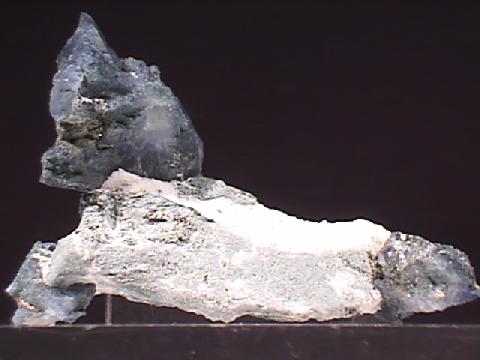
$ 42.00
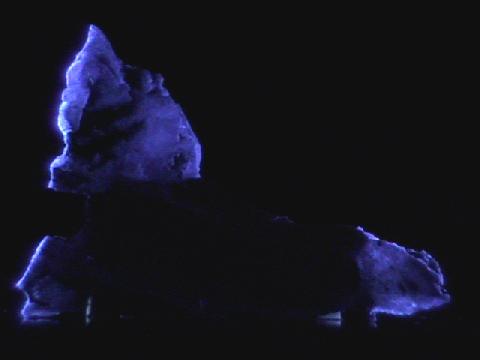

ben-10 ($ 42.00)
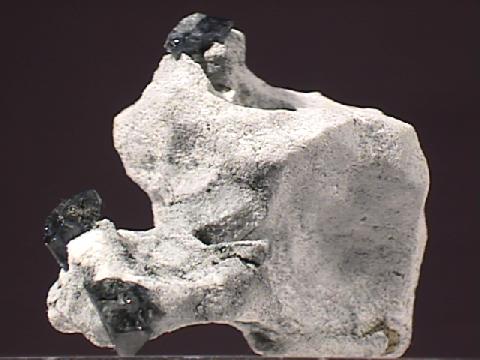
$ 47.00
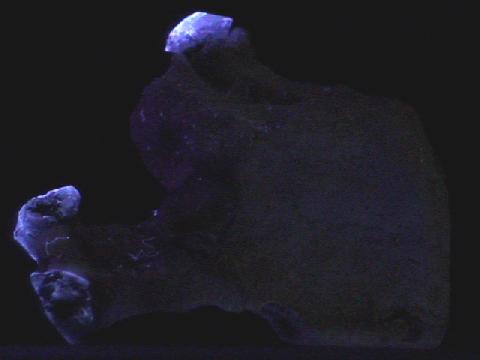

ben-11 ($ 47.00)
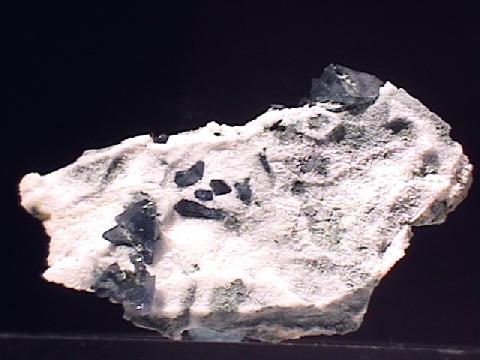
$ 40.00
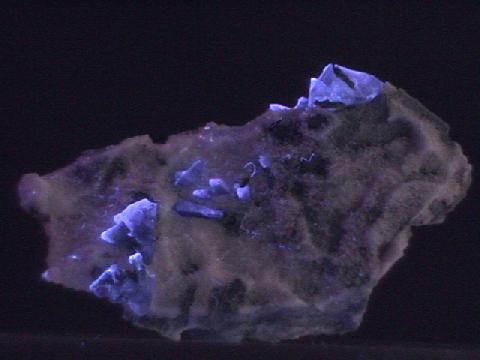

ben-12 ($ 40.00)

$ 45.00

ben-13 ($ 45.00)
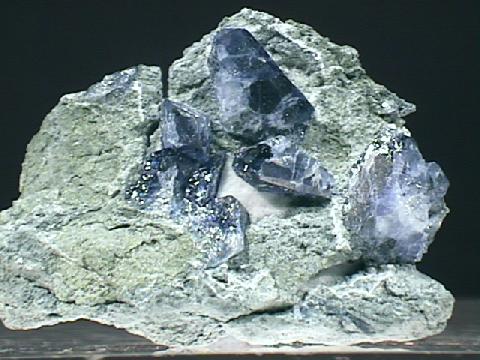
$ 45.00

ben-14 ($ 45.00)

$ 60.00

ben-15 ($ 60.00)
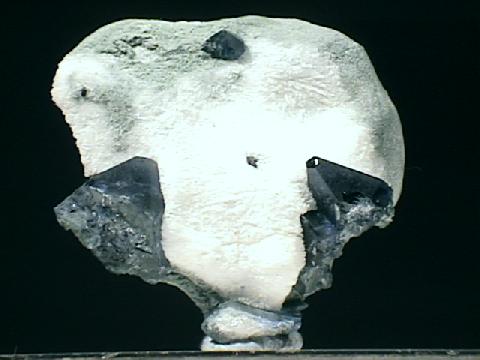
$ 32.00

ben-16 ($ 32.00)
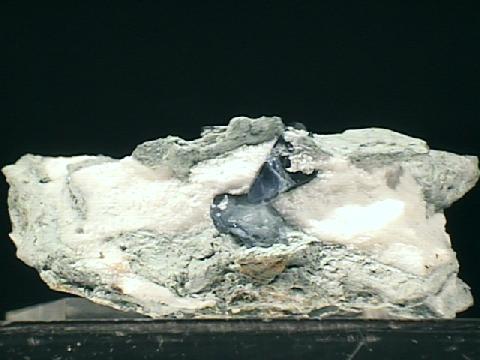
$ 28.00

ben-17 ($ 28.00)
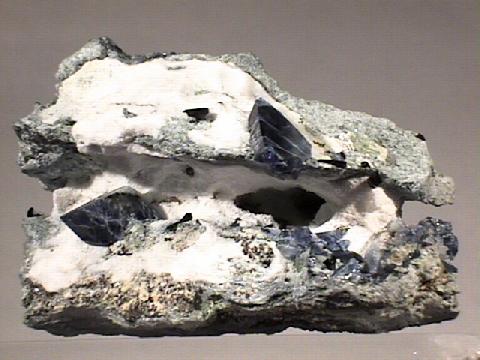
$ 320.00
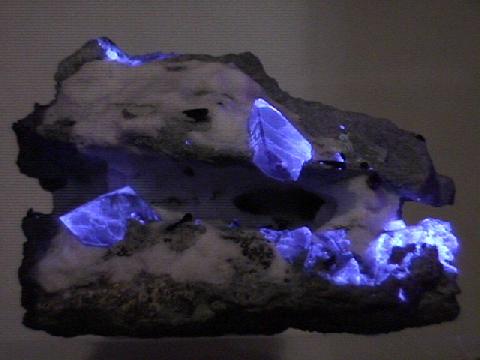


$ 30.00

ben-19 ($ 30.00)
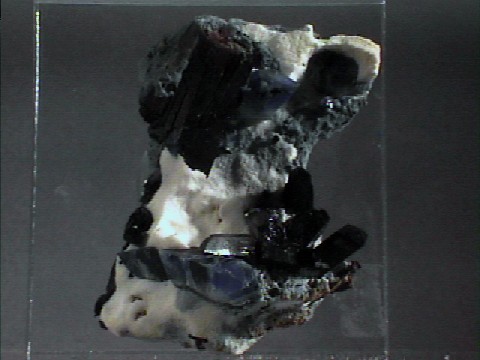
$ 220.00
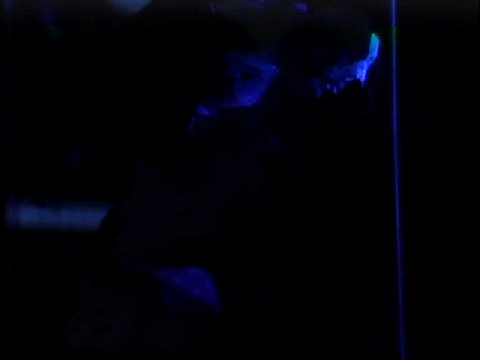

ben-20 ($220.00)

$1020.00
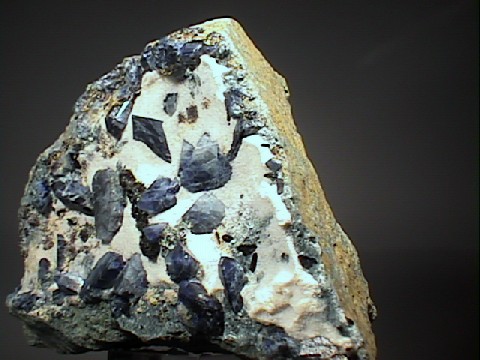

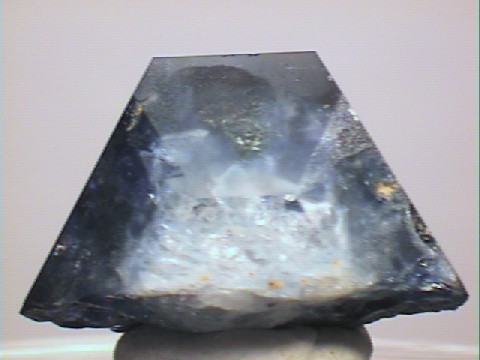
$ 180.00
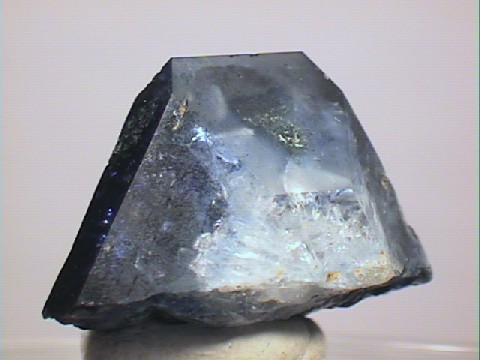

ben-21 ($180.00)

$ 300.00
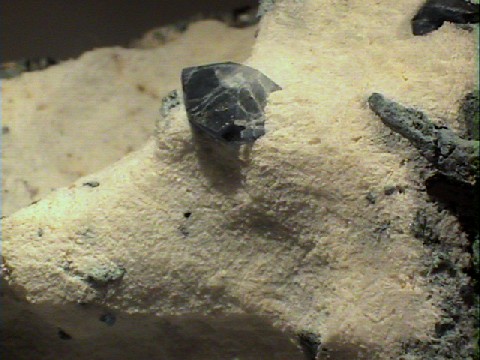

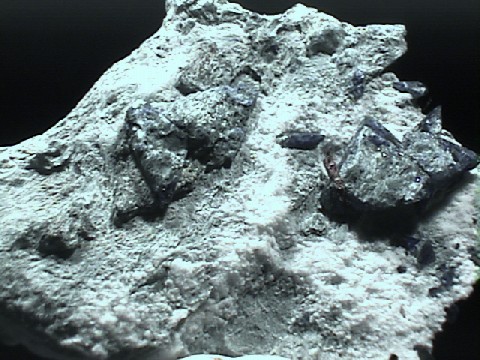
$ 35.00

ben-24 ($ 35.00)